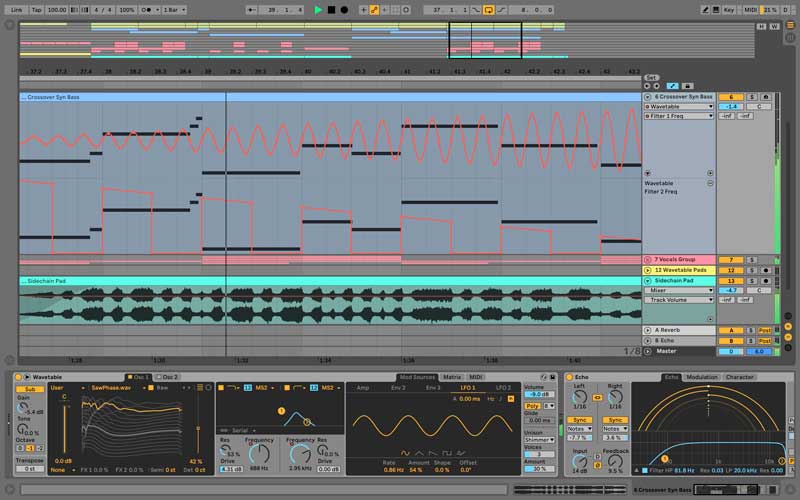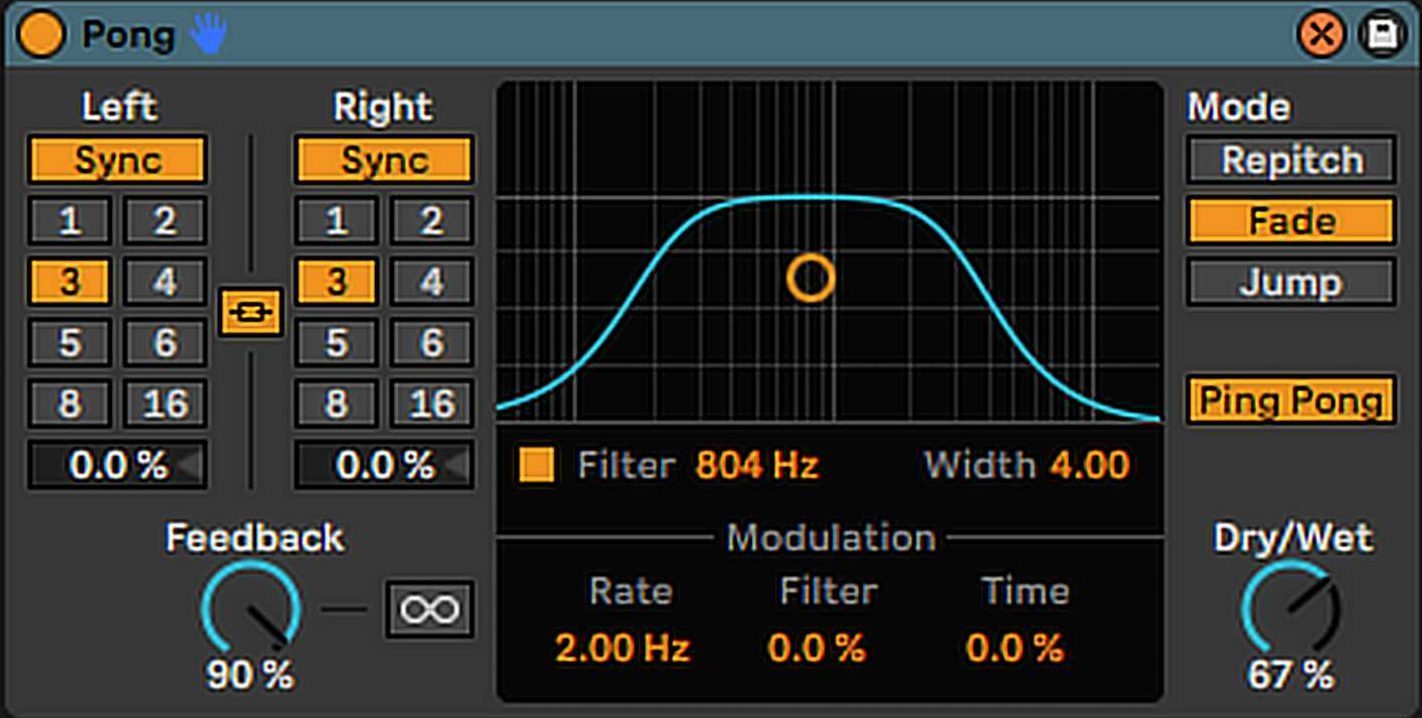
In this article, I’m listing the 10 best tips about delay that every producer/engineer should know, even producers that are not that much into mixing. The free version borrows Spaced Outs engine, but keeps things simple on the.
#ABLETON SIMPLE DELAY GONE DOWNLOAD#
Knowing these pieces of info allows approaching delay more knowingly. Or download our free delay / echo plugin Baby Comeback, developed in. What is delay?ĭelay is an audio signal processing technique that records an input signal to a storage medium and then plays it back after a period of time. When the delayed playback is mixed with the live audio, it creates an echo-like effect, whereby the original audio is heard followed by the delayed audio. The delayed signal may be played back multiple times, or fed back into the recording, to create the sound of a repeating, decaying echo.
#ABLETON SIMPLE DELAY GONE HOW TO#
If you want to learn more about how to control the stereo image (and much more), then you might be interested in our Methods and Basics products. If you have a short sound like a slapped bass or an 808 that doesn’t have much sustain, then try using delay (or track delay) to make sure it plays slightly after the input trigger (generally the kick drum).Ĭonsidering that the sound is short already, ducking hit will make it almost disappear.ĭelaying it a bit allows to not duck the sound heavily or at all, making the kick drum not clash with the delayed sound. The Haas Effect is the result of a sound coming to our ears with a slight difference of time (generally 1 to 30ms), giving a sense of width. Simple Delay, Ping Pong, and even Filter Delay are sufficient for standard digital delay usage, but rather clinical by design and while Grain Delay is. What matters is the difference in time between the Left and Right channels, so only one channel actually needs to be delayed.ĭelaying one channel will make the sound come from the opposite side. The major problem with this technique is comb-filtering when the master is switched to mono. To avoid this, it’s preferable to set the delay already in mono.

This way you can listen to the notches created (which are strictly related to the frequency content and the delay time), and move them so they cut frequency ranges poor of content.Īnother way to soften this downside is to apply it in parallel, so you can control how deep the notches are.

This type of delay has the peculiarity of having each repetition decay not only in terms of volume but also in terms of frequency content (making each instance darker than the previous one). It degrades over time, and it’s great if you want to add mojo, especially on plucks and string instruments. You’d better find a tape delay-style plugin rather than trying to emulate its behavior by yourself because it might become quite tricky and time-consuming.

If you have, let’s say, an arpeggio at ⅛ speed, then you shouldn’t go for a ⅛ delay because each repetition will overlap with the next note.


 0 kommentar(er)
0 kommentar(er)
